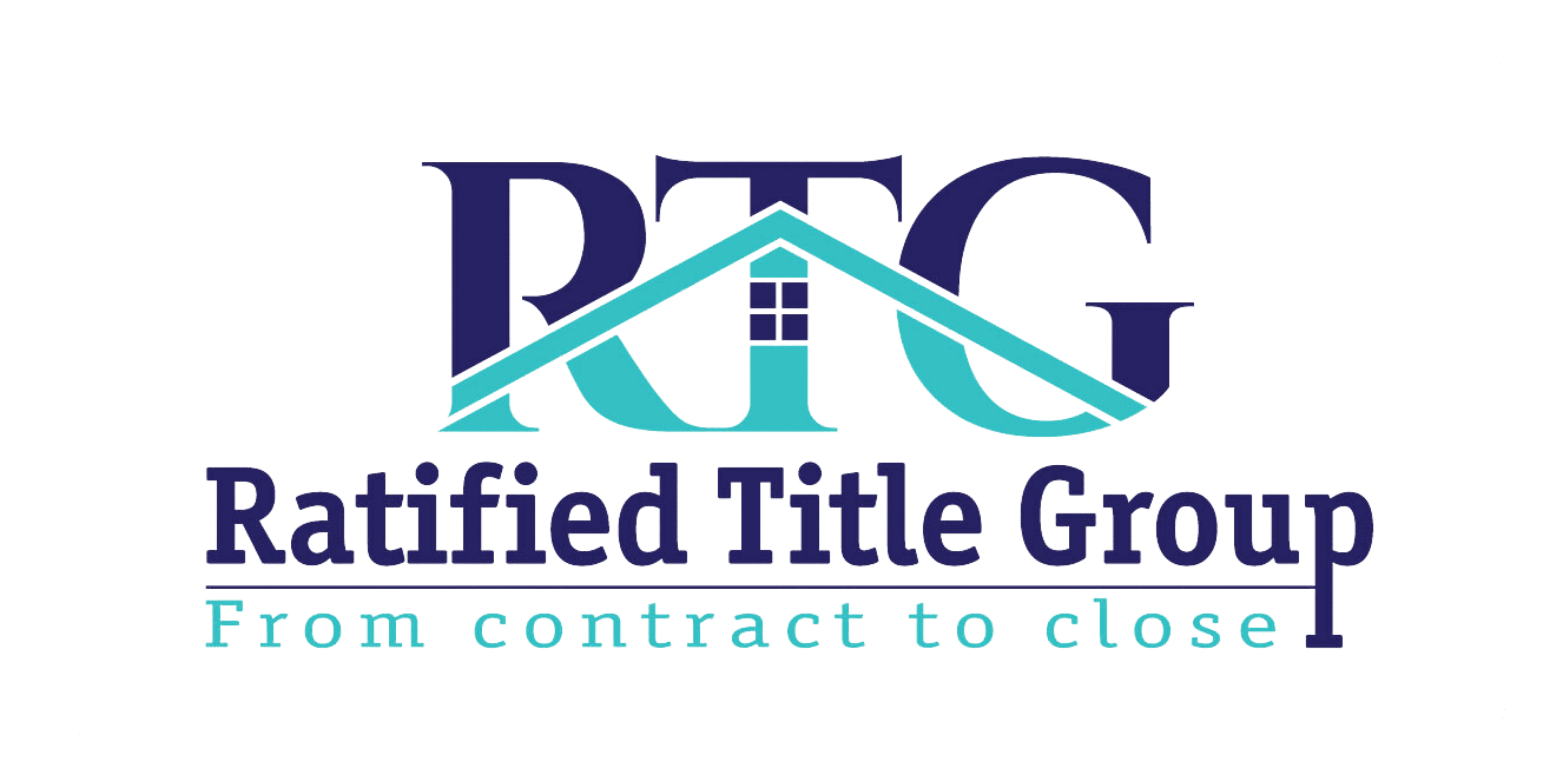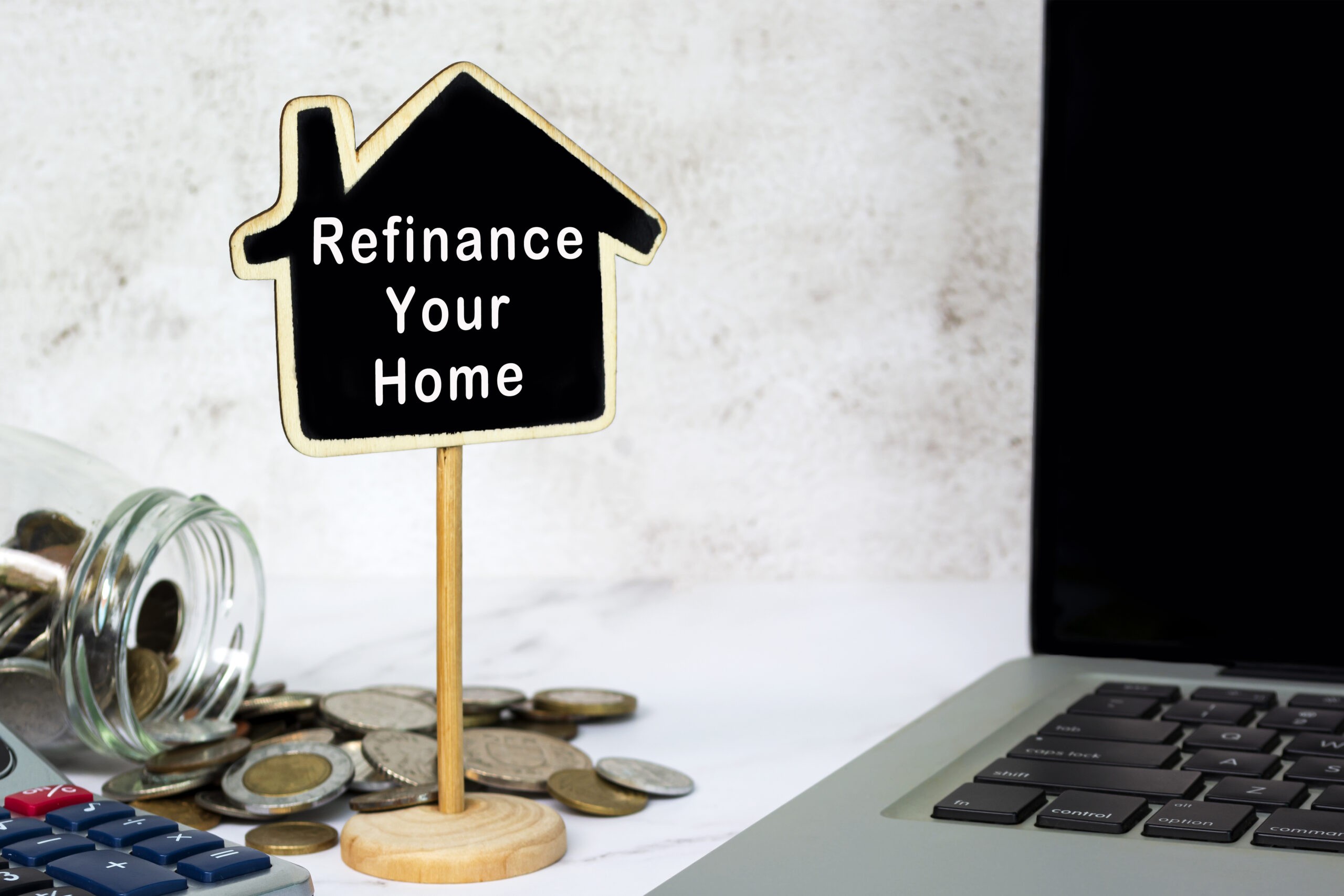For many homeowners, lowering monthly mortgage payments can make a meaningful difference in long-term financial stability. Refinancing is one of the most effective ways to reduce interest rates, shorten loan terms, or access home equity for other priorities.
If you live in Virginia, understanding the refinancing process can help you take advantage of favorable market conditions and achieve long-term savings.
Virginia Home Refinancing allows homeowners to replace their current mortgage with a new one—often with a lower interest rate and more manageable terms.
Understanding What Mortgage Refinancing Means
Mortgage refinancing is the process of paying off your existing mortgage and replacing it with a new one. This gives you the chance to secure better loan terms or tap into the equity you’ve built in your home.
Homeowners often refinance to:
-
Lower their interest rate
A reduced interest rate can cut down your total interest costs over the life of the loan, freeing up money for other priorities. -
Reduce monthly payments
By lowering the rate or extending the loan term, your monthly mortgage payments may become more affordable, improving monthly cash flow. -
Shorten the loan term
Refinancing to a shorter loan term helps pay off your home faster and build equity more quickly, potentially saving thousands in interest. -
Convert from an adjustable-rate mortgage to a fixed-rate mortgage
Fixed rates provide stability, ensuring your payments remain the same throughout the loan’s duration, which can be especially helpful when interest rates fluctuate. -
Access home equity for other financial needs
Homeowners can use the built-up value in their homes to fund renovations, consolidate debt, or cover major expenses.

Why Interest Rates Matter So Much
Interest rates have a direct impact on how much you pay for your home over time. Even a slight decrease can lead to significant savings.
For example, reducing your mortgage interest rate from 6% to 5% can lower your monthly payment and reduce your total repayment amount substantially over 30 years. This is why many homeowners consider Virginia Home Refinancing when market rates are favorable.
When Refinancing Makes Financial Sense
Refinancing can be smart, but only when it aligns with your financial goals. It makes sense when:
-
Market interest rates are lower than your current mortgage rate
A lower rate directly reduces the cost of borrowing and can save you money every month. -
Your credit score has improved since you first bought your home
A better credit score often qualifies you for lower rates, increasing your savings potential. -
You plan to stay in the home long enough to recover the costs of refinancing
Since refinancing comes with fees, it’s wise to calculate how long it will take for your savings to outweigh those costs. -
You want to build equity faster by shortening your loan term
A shorter loan term increases monthly payments but cuts down interest costs significantly over time. -
You need to remove private mortgage insurance (PMI)
Once your equity reaches a certain level, refinancing can help eliminate PMI, further lowering your monthly payment.
Read More:- How to Use a Cash-Out Refinance to Fund Major Expenses
Different Types of Mortgage Refinancing
Understanding the main refinancing options helps you choose the one best suited to your goals.
1. Rate-and-Term Refinance
This is the most common option and is focused on lowering your interest rate or changing the loan term without borrowing extra cash. It’s ideal if your goal is to save money on interest and reduce monthly payments.
2. Cash-Out Refinance
This allows you to borrow more than your current mortgage balance and receive the difference in cash. Many homeowners use this option to finance home improvements, consolidate high-interest debt, or cover major expenses like college tuition.
3. Cash-In Refinance
With this method, you bring in a lump sum of cash to pay down a portion of your mortgage balance. Doing so can help secure a lower interest rate and reduce your monthly payments.
4. Streamline Refinance
This is a simplified refinancing process available for certain government-backed loans. It often involves less paperwork, fewer requirements, and faster approvals.
Key Steps to Lower Your Mortgage Rate Through Refinancing
Step 1: Review Your Current Loan
Gather your loan documents and understand your interest rate, loan term, principal balance, and monthly payment. This gives you a clear baseline to compare potential new loan options.
Step 2: Check Your Credit Score
A higher credit score often qualifies for better interest rates. If your credit has improved since you first obtained the loan, refinancing can help lower costs.
Step 3: Research Current Rates
Rates can change quickly, so staying informed is crucial. Compare rates from multiple lenders to find the best possible deal.
Step 4: Calculate Your Break-Even Point
Refinancing isn’t free. You’ll have closing costs to consider. The break-even point is the time it takes for your monthly savings to cover these costs. If you plan to stay in the home beyond that point, refinancing can be worthwhile.
Step 5: Submit Your Application
Once you’ve chosen the best refinancing option, complete your application with accurate information. Include proof of income, credit history, and property details to avoid delays.
Common Mistakes to Avoid During Refinancing
-
Not comparing multiple lenders and offers
Rates and fees vary between lenders, and not shopping around can cost you more in the long run. -
Overlooking closing costs and fees
Even with a lower rate, ignoring upfront costs can reduce your actual savings. -
Focusing only on monthly payments instead of total savings
A lower monthly payment may come from extending your loan term, which could increase the total interest paid. -
Refinancing too often without calculating long-term impacts
Refinancing repeatedly can add unnecessary fees and extend your loan payoff date. -
Ignoring credit score improvements before applying
A better credit profile can unlock more favorable rates, so it’s best to strengthen your credit before refinancing.
How Much Can Refinancing Save You?
The amount you can save depends on your current interest rate, new rate, loan term, and how long you plan to stay in the home.
For example, if you refinance a $300,000 mortgage with a 1% lower interest rate, you could save tens of thousands over the life of the loan. Additionally, choosing a shorter loan term allows you to build equity faster, even though monthly payments may be higher.
The Role of Home Equity in Refinancing
Home equity plays a major role in determining your refinancing options and rates.
If your home has appreciated in value, your equity has increased. Lenders view higher equity as less risk, which often results in better loan offers. More equity can also eliminate the need for PMI, further reducing your overall monthly payment. For many homeowners, this is a key benefit of Virginia Home Refinancing.
Refinancing vs. Other Mortgage Solutions
While refinancing is a popular strategy, it’s not the only option. Some alternatives include:
-
Loan modification programs
These adjust your current mortgage terms without replacing the loan, often to make payments more manageable. -
Making additional principal payments
Paying extra toward your principal balance reduces your total interest over time without changing your loan. -
Recasting your mortgage
This involves making a large lump-sum payment to lower your balance, followed by recalculating your monthly payments. It’s less expensive than refinancing but doesn’t change your interest rate.
Understanding your choices allows you to choose the path that best aligns with your financial goals.

Preparing for a Smooth Refinancing Experience
To make your refinancing process easier and faster, preparation is key:
-
Organize income statements, tax returns, and recent pay stubs
Lenders need to verify your income to assess your repayment ability. Having these documents ready speeds up the approval process. -
Ensure your credit report is accurate
Correcting errors or resolving issues in advance can help you qualify for better rates. -
Estimate your home’s current value
Knowing your property’s market value helps determine your equity level, which affects your loan terms. -
Compare multiple lenders before committing
Reviewing several offers ensures you get the most competitive rates and terms. -
Understand all costs associated with the new loan
Refinancing involves fees, and knowing them upfront helps you make an informed decision about whether the benefits outweigh the costs.
Potential Tax Implications
Refinancing can influence your tax situation, especially if you’re taking cash out or changing your mortgage structure. Certain mortgage interest payments may be tax-deductible. Consulting with a tax professional can help you understand any potential advantages or obligations before finalizing the refinance.
Final Thoughts:
Lowering your mortgage rate through refinancing can bring significant savings, financial stability, and flexibility. By understanding the different refinancing options, reviewing your loan terms, and preparing carefully with trusted guidance from a verified Google Business Profile, you can maximize your financial benefits over time.
The right strategy can help you secure lower payments, reduce interest costs, and build equity more effectively. With proper planning, Virginia Home Refinancing through Ratified Title Group can become a valuable step toward achieving your financial goals.


